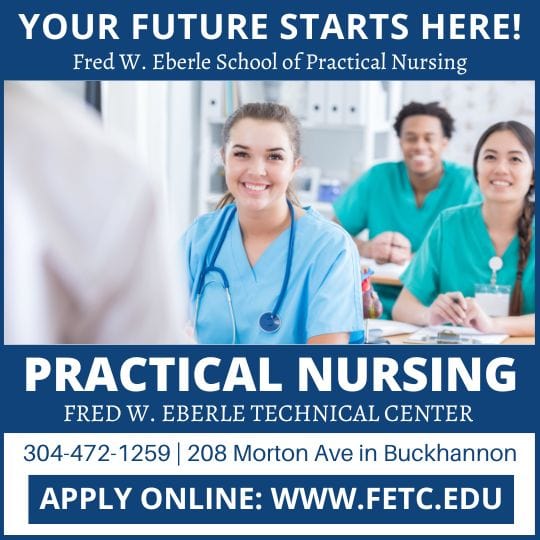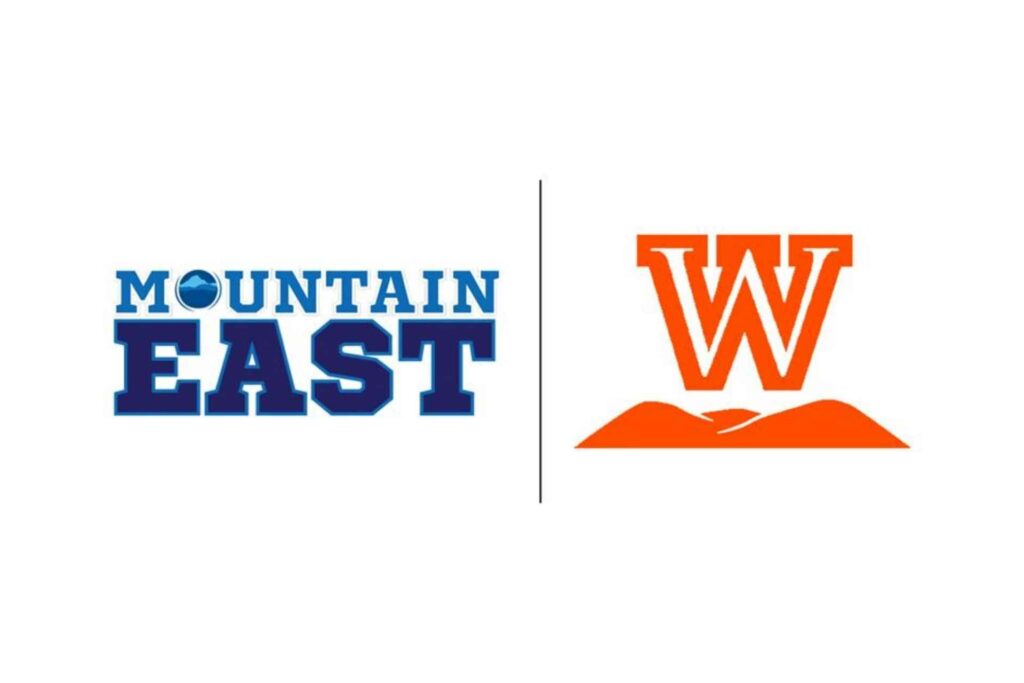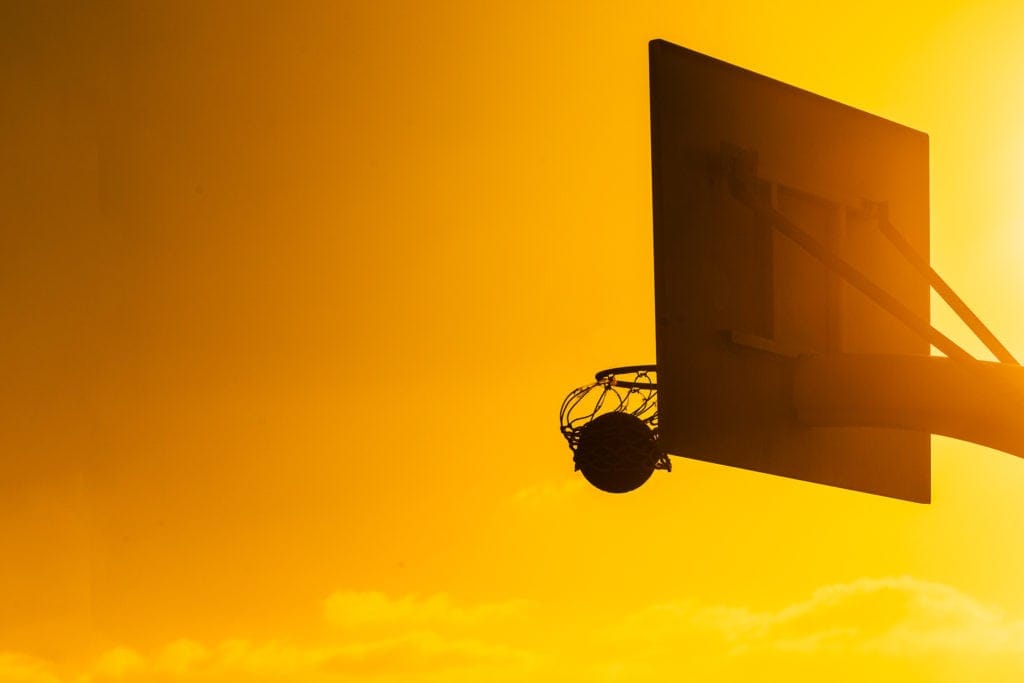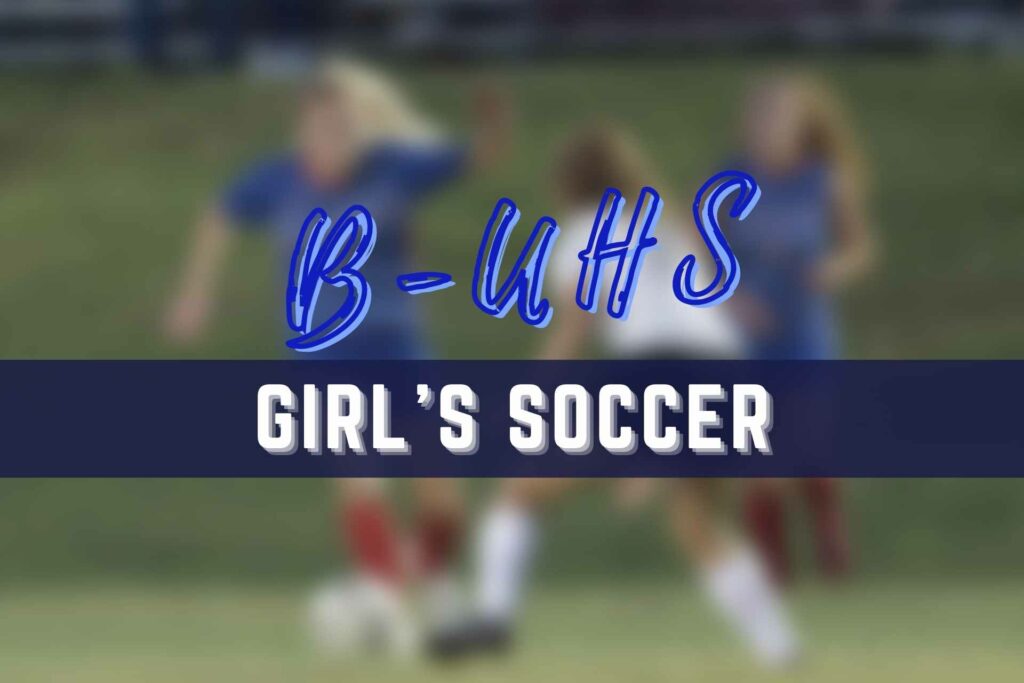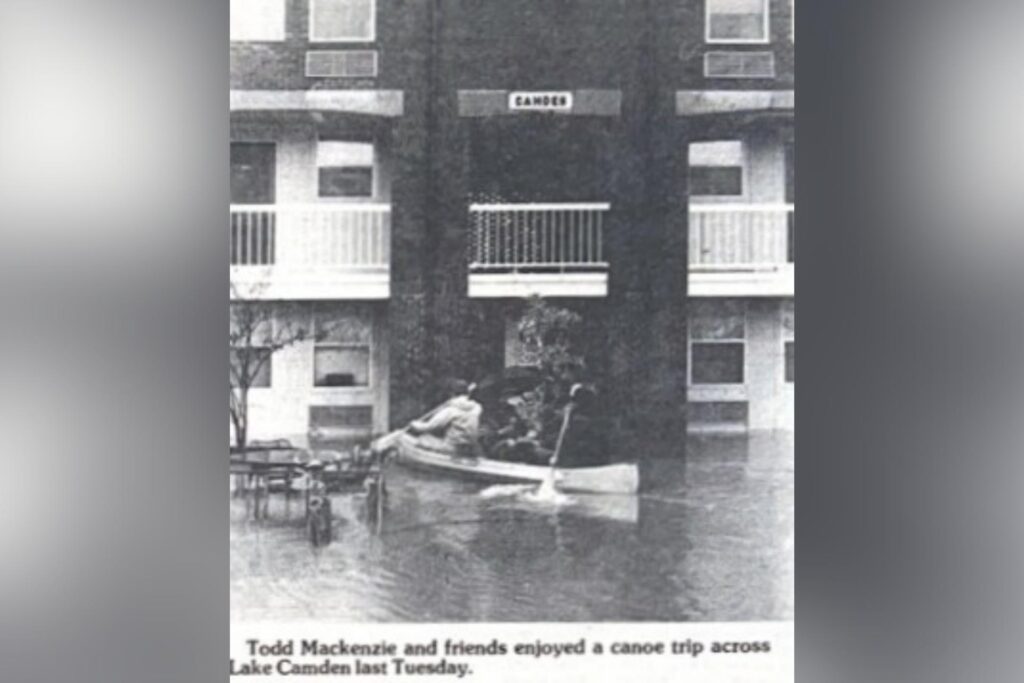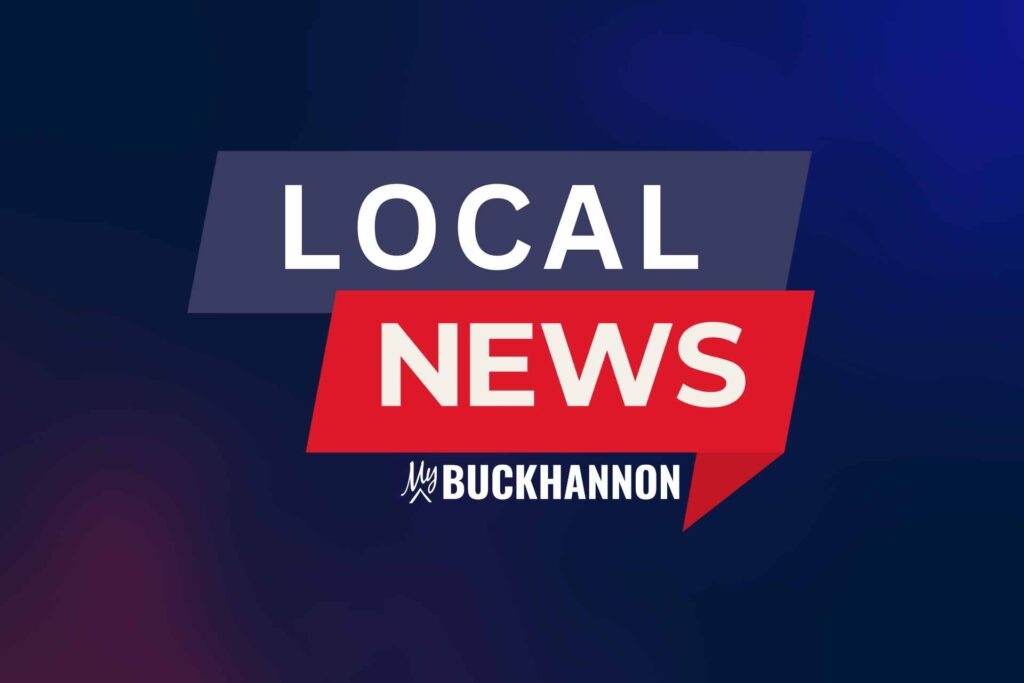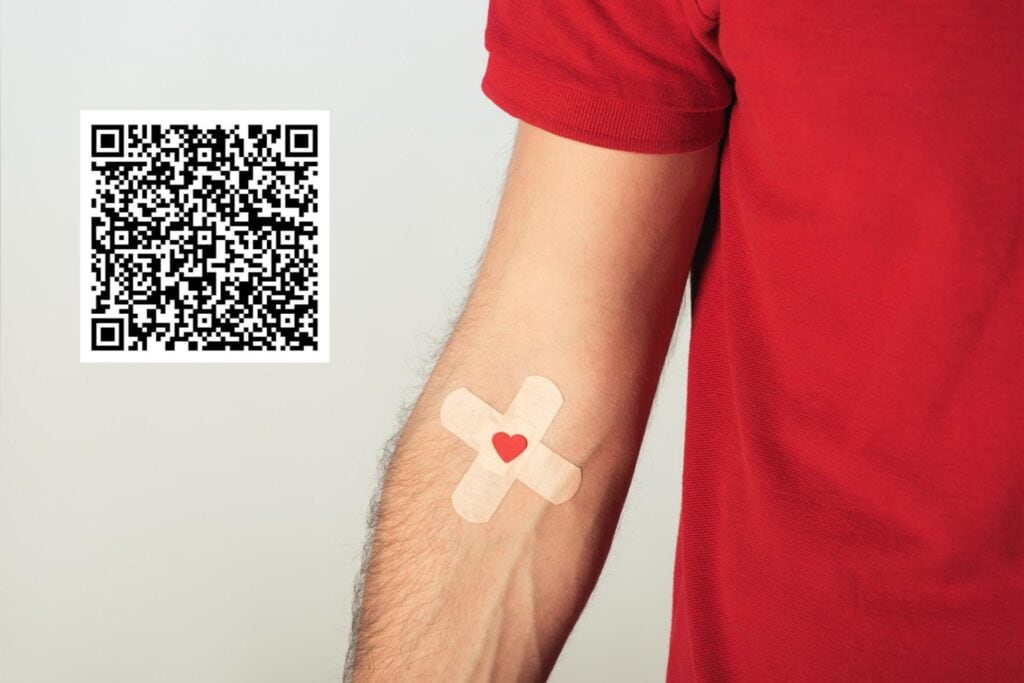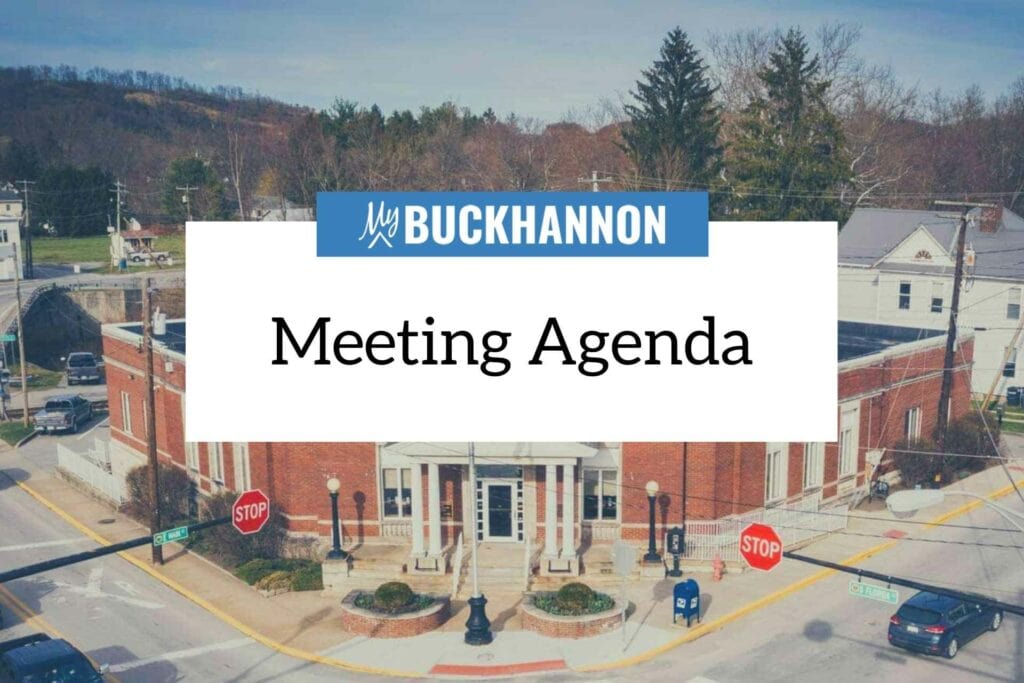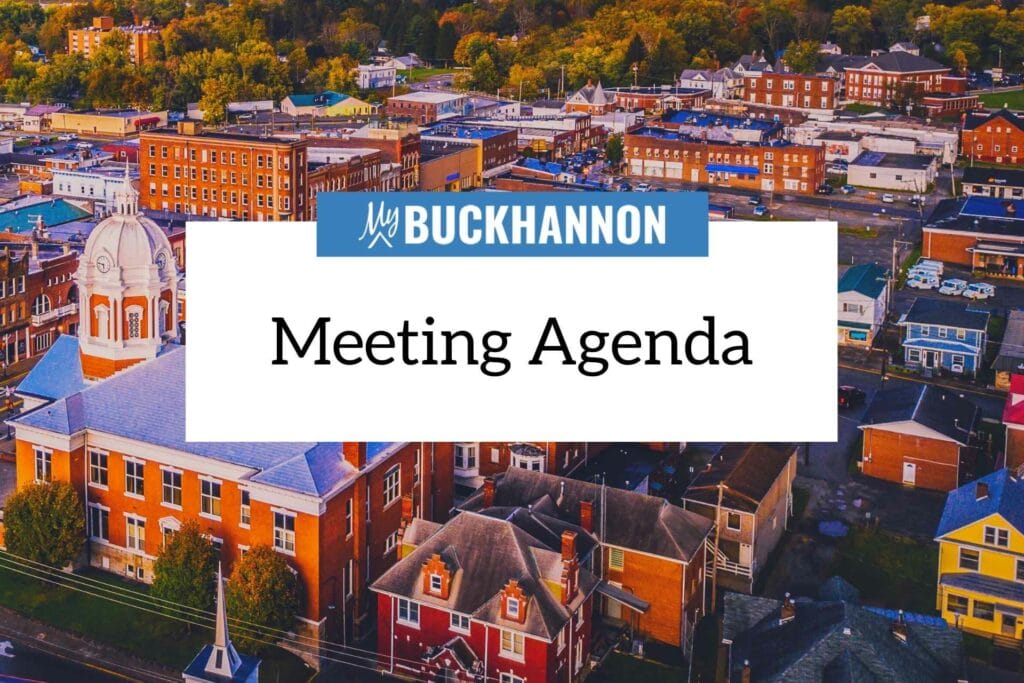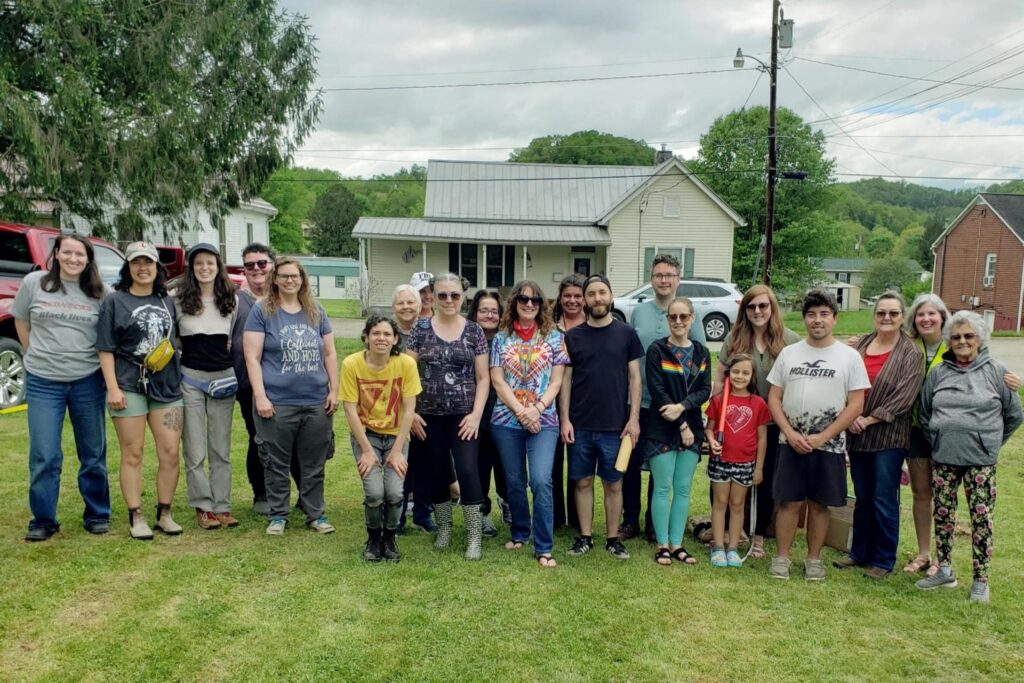A West Virginia University physics student has created a new machine-learning model that has the potential to make searching for energy and environmental materials more efficient.
Gihan Panapitiya, a doctoral student from Sri Lanka, published a study in the Journal of the American Chemical Society using the model to predict the adsorption energies, or adhesive capabilities, in gold nanoparticles.
“Machine learning recently came into the spotlight, and we wanted to do something linking machine learning with gold nanoparticles as catalysts. When I was thinking about a research area, I found that predicting adsorption energies of this particle property is very hard, and the knowledge on adsorption energies is important for catalytic applications in energy, environmental and even biomedical applications,” Panapitiya said. “I thought if I could use machine learning to predict these adsorption energies without much difficulty, that would enable researchers to easily find nanoparticles with desired properties for a given application.”
Featured on the cover of the December 19, 2018 issue of Journal of the American Chemical Society, Panapitiya and his co-authors used the geometric properties of gold, including the number of bonds and atoms, to test the model. They obtained an 80 percent accuracy prediction rate, the highest rate possible for machine-learning models calculating adsorption energies nanoparticles based only on geometric properties.
“We give the machine-learning algorithm completely unseen data so that if it is trained, it can recognize and find the adsorption energy only based on the features it has not seen,” Panapitiya said. “By using just geometric properties, you don’t have to do any calculations. That makes the prediction process very fast and easy to replicate.”
They also tested the algorithm with different nanoparticle types and sizes to demonstrate that the model has the same prediction accuracy for any nanoparticle of any size and any shape.
“Gihan’s significant research efforts have paid off in terms of truly amazing results, and deservedly so,” said Professor of Physics James P. Lewis, Panapitiya’s research adviser. “Gold-based bimetallic nanocatalysts provide greater tunability in nanostructures and chemical compositions that enable improvements in their reactivity, selectivity and stability to achieve the desired catalytic efficiencies. Correctly predicting their properties will drive technological advances.”
Gold nanoparticles are commonly used as catalysts for energy and environmental applications and in biomedical applications like bioimaging and biolabeling.
“For example, gold nanoparticles can be used as fluorescent labels for biological imaging applications. Bioimaging is essential to understand the nature and the spread of a disease like cancer. When the human cancer cells are allowed to interact with gold nanoparticles, the nanoparticles get attached to cancer cells, which is called biolabeling,” Panapitiya said. “After some time of attachment, the cancer cells emit luminescence, which can be collected to image these cancer cells.”
This research was funded by the National Science Foundation, award DMREF CHE-1434378 and the U.S. Department of Energy, award DOE SC-0004747.

